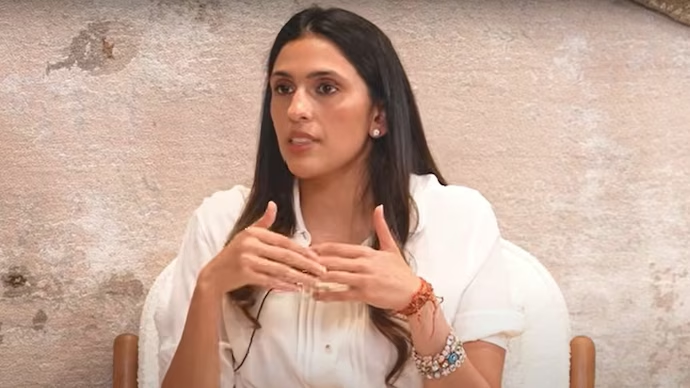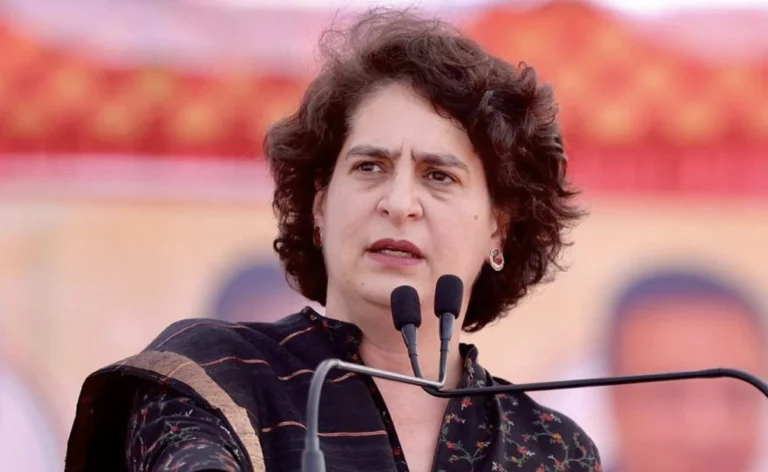Rivalry in Orbit: Musk and Ambani’s Race to Dominate India’s Satellite Internet Revolution
The ongoing technological revolution is reshaping the landscape of internet services globally. Among the most competitive frontiers is the satellite internet market, where the world’s wealthiest entrepreneurs—Elon Musk and Mukesh Ambani—are preparing to clash. Their respective companies, Starlink and Reliance Jio, are positioning themselves as key players in India’s growing demand for satellite-based broadband. This high-stakes competition has gained attention as both businessmen gear up to deliver broadband to millions of Indians, especially those in rural and remote areas where traditional internet services struggle to reach.
India, with its population of 1.4 billion, offers massive potential for satellite internet. Currently, 40% of the population lacks internet access, creating an attractive opportunity for global and local players to expand their services. While Starlink, Musk’s satellite internet arm, seeks to leverage its global Low Earth Orbit (LEO) satellites, Ambani’s Reliance Jio has partnered with Luxembourg-based SES Astra, aiming to provide broadband via Medium Earth Orbit (MEO) satellites. With India’s market in focus, the two billionaires are poised to define the future of the country’s digital connectivity.
The Key Players: Musk and Ambani
Elon Musk, founder of SpaceX and Starlink, is no stranger to ambitious projects. His satellite network utilises LEO satellites, which orbit between 160 and 1,000 kilometres above the Earth’s surface. Starlink’s low-orbit satellites are designed to reduce latency and provide high-speed internet, especially in underserved regions. As of 2023, Starlink had 6,419 satellites in orbit, serving 4 million users across 100 countries. However, regulatory challenges have delayed Starlink’s entry into the Indian market, where it initially planned to launch in 2021.
Mukesh Ambani, on the other hand, leads Reliance Jio, India’s largest telecom operator. Known for disrupting India’s telecom market with ultra-low data prices, Ambani’s Jio now dominates the sector, commanding a substantial share of the country’s mobile and broadband subscribers. To strengthen Jio’s satellite broadband offerings, Ambani has formed a strategic partnership with SES Astra, a leading satellite operator. SES Astra’s MEO satellites orbit higher than Starlink’s, at an altitude of around 8,000 kilometres. This partnership could potentially give Jio a technological edge in delivering satellite internet services across India.
A Regulatory Shift: India’s Auction vs. Administrative Spectrum Allocation
India’s satellite broadband market became more competitive when the government recently decided to allocate spectrum administratively, moving away from the traditional auction model. This decision sparked a debate, as previous spectrum allocations were done through auctions, a process supported by Mukesh Ambani. He argued that auctions ensure transparency and create a level playing field, especially in a market as large as India’s. In contrast, Elon Musk has been a vocal critic of the auction system, asserting that it imposes financial burdens on satellite companies that hinder technological advancements and slow market entry.
The Indian government, defending its new administrative allocation policy, cited global precedents and argued that it aligns with international practices. According to government officials, administrative spectrum allocation ensures that qualified players enter the market, promoting healthy competition and fair access to the spectrum. This move has opened the door for companies like Starlink to gain a foothold in the Indian market without engaging in a high-cost auction process, which favours companies with deep pockets, such as Reliance Jio.
Why Satellite Broadband Matters
Satellite broadband plays a critical role in bridging the digital divide, especially in remote and rural areas where traditional infrastructure, such as DSL or fibre-optic cables, is costly and difficult to deploy. While cities benefit from high-speed internet via ground-based networks, many villages and far-flung areas remain disconnected from the digital world. Satellite internet provides an ideal solution, as it can deliver connectivity to even the most remote corners of a country like India.
By using satellite technology, companies can provide high-speed, reliable internet services where terrestrial options are limited or non-existent. This is particularly significant in a country like India, where a large proportion of the population lives in rural areas with little to no access to reliable broadband services. Satellite internet also promises to facilitate the growth of emerging technologies such as the Internet of Things (IoT), which relies on constant, ubiquitous connectivity for smart devices and systems to communicate effectively.
The Competition Heats Up
As of 2024, India’s satellite internet market remains in its infancy, with commercial services yet to fully roll out. According to the credit rating agency ICRA, India is expected to have as many as 2 million satellite internet users by 2025. Although the market is still emerging, it is already crowded with competitors. Besides Reliance Jio and Starlink, other major players such as Bharti Airtel are also vying for dominance in the satellite broadband sector. Bharti Airtel, India’s second-largest wireless operator, is particularly interested in expanding its satellite services to urban customers.
This heightened competition comes with substantial investments. Reliance Jio, having already spent billions in spectrum auctions to dominate India’s telecom sector, is now poised to leverage its financial might and strategic alliances to compete in satellite broadband. Ambani has long advocated for spectrum auctions, believing they offer a transparent, market-driven method of allocation. His stance is supported by Airtel’s chairman, Sunil Mittal, who also argues that companies wishing to provide satellite services in cities should obtain telecom licences and purchase spectrum through auctions like everyone else.
On the other hand, Musk’s Starlink operates under a different business model, relying on a global network of LEO satellites to provide affordable internet access worldwide. Starlink’s low-orbit satellites promise lower latency, faster speeds, and wider coverage compared to MEO satellites. However, the cost of deploying and maintaining these satellites is significantly higher. This cost structure raises questions about Starlink’s ability to compete on price in India, a market known for its ultra-cheap data rates.
The Cost Challenge: Will Starlink Compete?
One of the biggest challenges Musk will face in India is the cost. While Starlink has succeeded in markets like the United States and parts of Africa, India’s price-sensitive market may prove more difficult to penetrate. As of 2023, India offers the world’s cheapest mobile data, with an average cost of just 12 cents per gigabyte. In comparison, Starlink’s services are more expensive, with reports indicating that its satellite broadband could cost up to ten times more than what Indian broadband providers charge. Without government subsidies, it may be challenging for Starlink to compete with Jio or Airtel on price alone.
However, Musk has a track record of defying expectations. Starlink has already reduced its prices in markets like Kenya and South Africa to gain market share, and it is possible that similar strategies could be employed in India. In addition, Musk’s deep financial resources mean that Starlink could potentially offer free or heavily subsidised services in certain areas for an extended period, allowing it to build a user base before shifting to a more sustainable pricing model.
Strategic Advantages and Challenges
For both Musk and Ambani, the stakes are high. India represents one of the largest untapped internet markets in the world, and whoever captures a significant portion of it will have a strategic advantage in the global satellite internet race. Starlink’s primary advantage lies in its first-mover status in global satellite internet services. With thousands of satellites already in orbit and operational in over 100 countries, Starlink has the infrastructure needed to scale quickly once it overcomes regulatory hurdles in India.
On the other hand, Reliance Jio has a dominant position in India’s telecom sector and a deep understanding of the Indian market. Jio’s extensive reach and established brand could give it a critical edge, especially when it comes to customer acquisition and service delivery. Moreover, Jio’s partnership with SES Astra provides it with access to MEO satellites, which are seen by some experts as more cost-effective than LEO satellites for certain applications, particularly over large geographic areas like India.
Conclusion: Who Will Win the Satellite Internet Race in India?
As the battle for India’s satellite internet market intensifies, it remains to be seen who will emerge victorious. Elon Musk’s Starlink offers cutting-edge technology with the promise of fast, reliable internet even in the most remote areas. However, its high costs and regulatory challenges may hinder its ability to capture market share in India. On the other hand, Mukesh Ambani’s Reliance Jio has a proven track record of disrupting markets and a deep understanding of Indian consumer needs, which could help it outpace its competitors.
In the end, the future of satellite broadband in India will likely depend on a combination of factors, including pricing, regulation, and the ability to scale services quickly. While Musk and Ambani both have their strengths, the winner of this high-stakes competition will be the one who can best navigate the complexities of India’s unique market and deliver affordable, reliable internet to the masses.
You Might Also Like:
Bridging the Divide: Prince Harry’s Plea for Family Unity Amidst Royal Tensions






